Funding & Grants
Find funding and grant opportunities currently available from NRM North projects and programs, including advice and tools to assist you with your application.
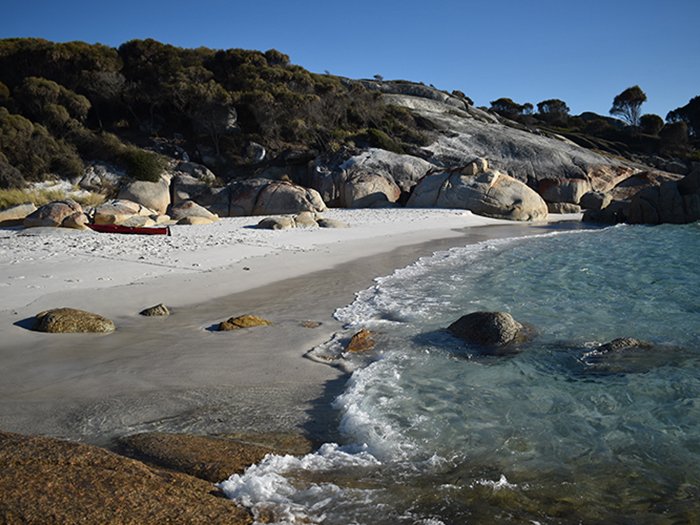
Coastal beauty off Lady Barron, Flinders Island. Credit: Joanne Willis
WAF Furneaux Islands Project
WAF Furneaux Islands Project
NRM North is seeking expressions of interest from landholders on Flinders Island and the Furneaux Group to get involved the Weeds Action Fund Furneaux Islands Project. The project aims to support landholders, community groups and local government to tackle serious and priority weeds that threaten agriculture and the environment.
Participants may be involved in:
- Weed management workshops
- Accredited ChemCERT training to support safe and effective herbicide use
- Supporting coordinated weed action planning across land tenures
Please complete an EOI form or find out more about the WAF Furneaux Islands Project.
Resource Recovery and Circular Economy Grants
Resource Recovery and Circular Economy Grants
Circular North's Resource Recovery and Circular Economy Grants support successful applicants to decrease the amount of waste sent to landfill through innovative activities, and increase the recirculation of resources. Future waste targets and actions will encourage the transition to a circular economy.
What funding is available?
A total of $45,000 is available, which is split between schools, not-for-profit and other organisations.
Eligible organisations can apply for a grant of up to $10,000 (ex-GST) for eligible project costs associated with improving resource recovery, waste minimisation or circular economy initiatives.
The maximum grant amount for an individual project application is $10,000, however, larger projects may be eligible for a higher amount in the event the grants program is undersubscribed.
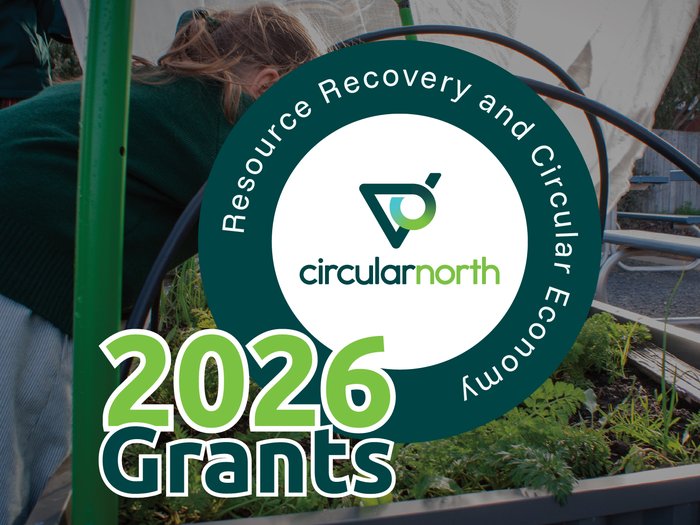
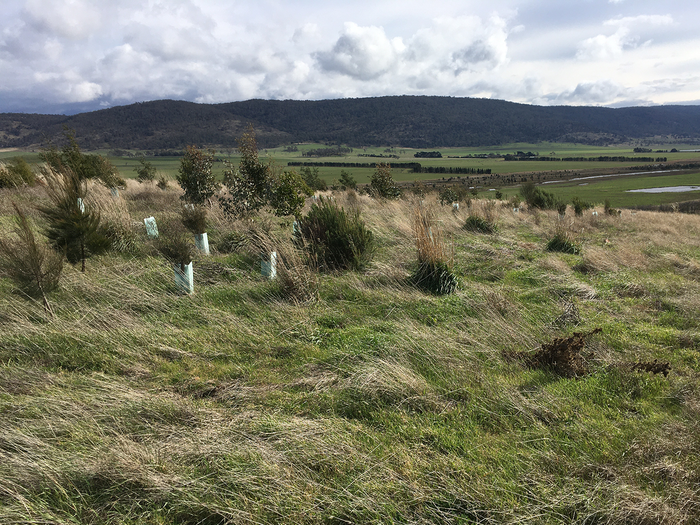
Natural capital refers to the stock of natural assets such as soil, water and biodiversity on your farm.
On-Farm Natural Capital and Market Readiness
On-Farm Natural Capital and Market Readiness
The On-Farm Natural Capital and Market Readiness Project aims to support farmers in northern Tasmanian to identify their natural assets, implement practical actions to improve its condition, and enhance their skills to monitor, measure and report on its improved condition. Building on previous initiatives, the project will assist farmers in northern Tasmania to access emerging carbon and biodiversity markets and adopt sustainability frameworks.
Funding is available for activities that:
- protect sensitive areas and improve landscape management practices
- support soil health through pasture diversity, and
- enable strategic management to enhance and protect on-farm natural assets.
We welcome landholders who share our passion to balance agricultural growth with sustainable land management to register their interest in the project.
Midlands Biodiversity Hotspot
Midlands Biodiversity Hotspot
NRM North is seeking expressions of interest from landholders to get involved in the Improving Midlands biodiversity: stewardship and restoration project.
Participating in this project means you will help protect and enhance the ecological values in the Midlands region, contributing to the conservation of critically endangered species, including orchids and vital grassland habitats.
Participants may be eligible to receive funding for:
- Fencing for stock management
- Off-stream stock water infrastructure in riparian areas
- Weed control
- Revegetation
- Ecological burning
- Conservation agreements
- Property habitat management planning
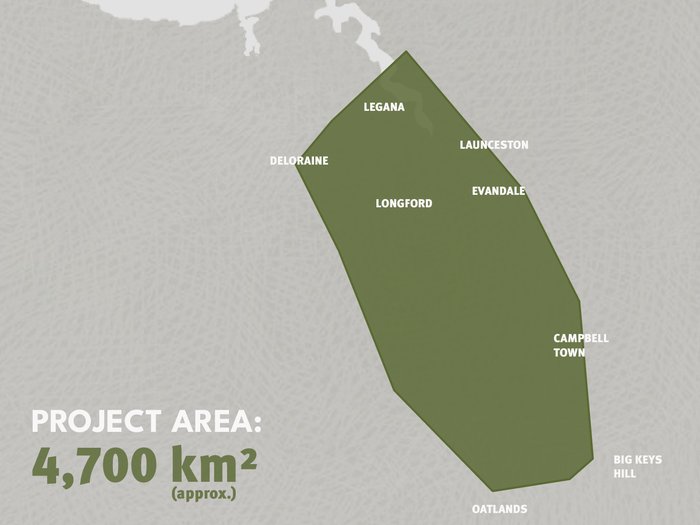
Map of central Tasmania showing approximate project target area.
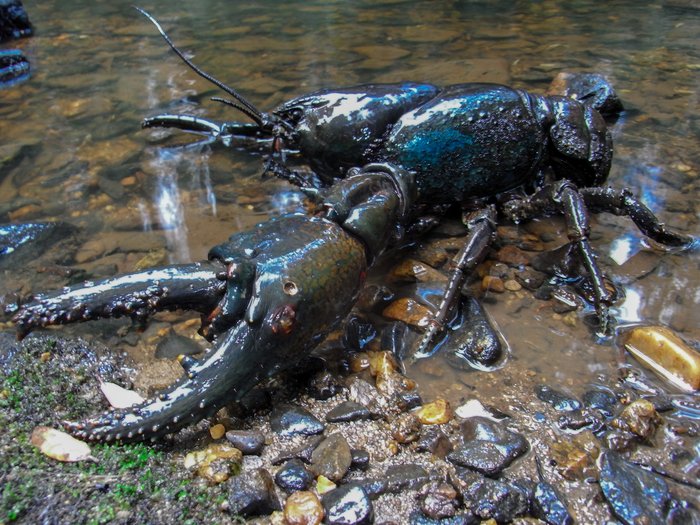
Giant freshwater crayfish (Astacopsis gouldi). Photo: Todd Walsh
Pipers / Little Forester / Great Forester catchments
Pipers / Little Forester / Great Forester catchments
NRM North is seeking expressions of interest from landholders in the Pipers, Little Forester and Great Forester catchments in northern Tasmania to get involved in the project, Giant freshwater crayfish: enhancing habitat conservation, to expand the distribution of existing populations of the Giant Freshwater Crayfish (GFC), Astacopsis gouldi. Funding is available to:
- Revegetate your land to enhance natural habitats.
- Fence out livestock and provide off-stream water to improve water quality.